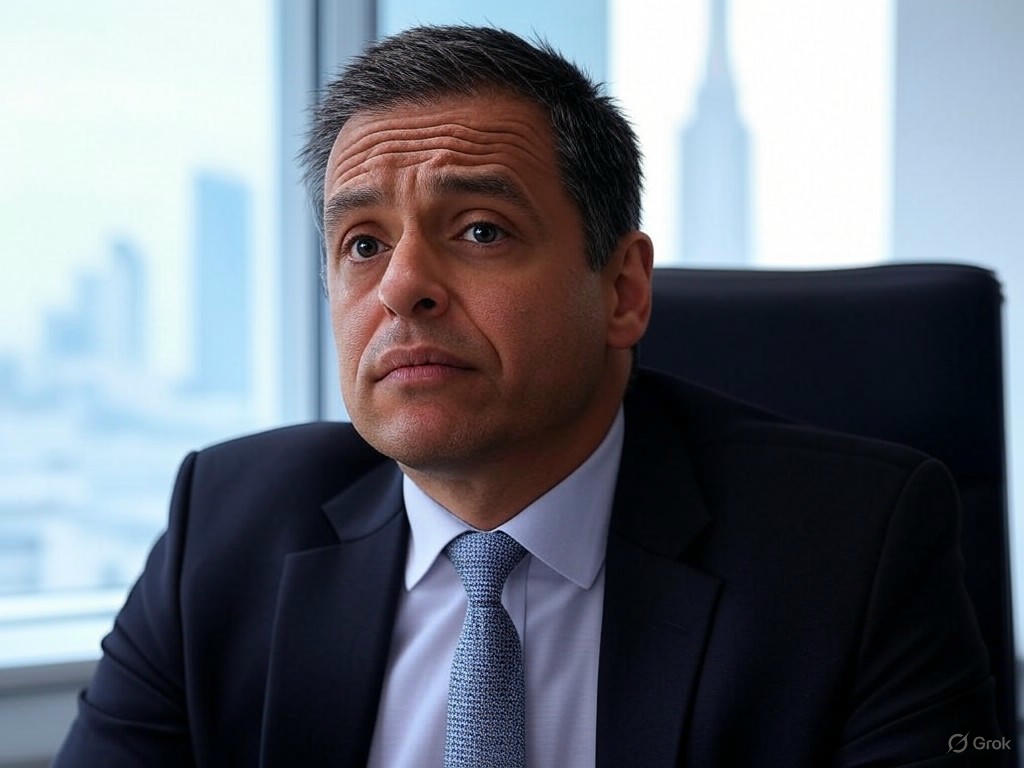Tesla, the electric vehicle giant, has recently seen its stock take a hit, with investors expressing growing concerns over the much-anticipated robo-taxi launch. While the concept of self-driving taxis promises to revolutionize urban transportation, several underlying risks are casting a shadow over this ambitious venture. As the company navigates uncharted territory, market sentiment has shifted, reflecting unease about the feasibility and timing of this futuristic project.
One major worry is the technological hurdle. Autonomous driving technology, though advanced, still faces significant challenges in achieving full reliability. Tesla’s Autopilot and Full Self-Driving systems have faced scrutiny over safety incidents, raising questions about whether the robo-taxi fleet can operate without human intervention in complex urban environments. Regulatory bodies worldwide are also tightening their grip, demanding rigorous testing and compliance standards that could delay the rollout or increase costs. If Tesla fails to meet these benchmarks, public trust and investor confidence could erode further.
Another concern is the financial strain of scaling such an innovative service. Developing, testing, and deploying a fleet of robo-taxis requires substantial capital investment. Tesla is already juggling multiple high-cost projects, from expanding Gigafactories to advancing battery technology. Diverting resources to an unproven business model might stretch the company’s finances thin, especially if the robo-taxi service doesn’t generate immediate returns. Analysts fear that prolonged losses in this segment could weigh heavily on Tesla’s bottom line.
Competition adds another layer of complexity. While Tesla has been a pioneer in electric vehicles, the autonomous driving space is becoming increasingly crowded. Tech giants like Waymo and traditional automakers such as General Motors are pouring resources into self-driving solutions, often with more established partnerships and infrastructure. If Tesla’s robo-taxi offering fails to differentiate itself or capture market share quickly, it risks being overshadowed by rivals who are equally eager to dominate this emerging sector.
Lastly, consumer adoption remains a wild card. The idea of hailing a driverless taxi might sound futuristic, but public skepticism about safety and privacy could slow acceptance. High-profile accidents involving autonomous vehicles have already fueled doubts, and Tesla will need to invest heavily in building trust through transparent communication and flawless execution. Without widespread buy-in from users, the robo-taxi dream could stall before it even gains traction.
As Tesla pushes forward with its vision of transforming transportation, the road ahead appears bumpy. The robo-taxi initiative holds immense potential to redefine mobility, but the risks of technological setbacks, financial overreach, fierce competition, and consumer hesitancy cannot be ignored. For now, investors seem to be adopting a wait-and-see approach, reflected in the recent dip in Tesla’s stock price. Whether the company can overcome these obstacles and deliver on its promises remains to be seen, but one thing is clear: the journey to a driverless future is fraught with challenges that even a visionary like Elon Musk may find daunting.
